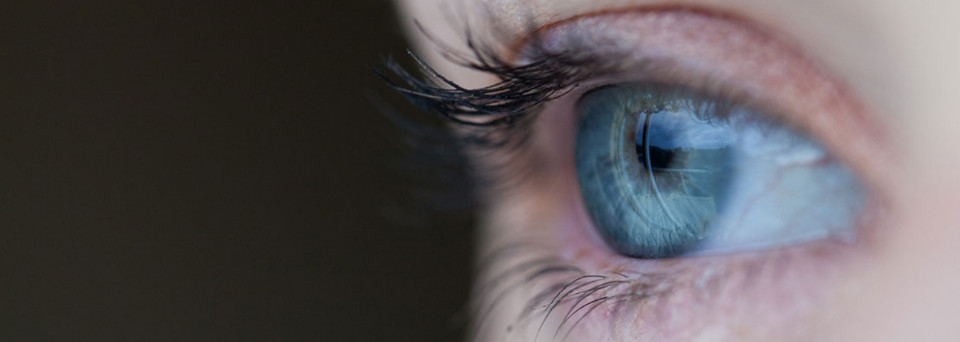Pasteur Eye Hospital
Eye Conditions
Contact Us
Author: Dr R. Swart| Date: 10 December 2019

Diabetic retinopathy is an eye disease in people with diabetes. This is when high blood sugar levels cause damage to tiny blood vessels in the retina, which is the light-sensitive tissue at the back of the eye. These blood vessels can leak fluid, bleed and close, stopping blood from passing through. In its most advanced stage, new blood vessels grow on the surface of the retina. This may lead to scarring and cell loss in the retina.
Diabetic retinopathy may also lead to diabetic macular oedema, which is a swelling in the area in the central part of the retina called the macula.
You can have diabetic retinopathy and not know it. This is because it often has no symptoms in its early stages. As diabetic retinopathy gets worse, you will notice symptoms such as:
Top Five Steps to Help Prevent Diabetic Eye Diseases If you have diabetes, you are at higher risk of developing certain eye diseases, including diabetic retinopathy, glaucoma and cataracts. The good news is that you can preserve your vision and reduce your chances of eye disease. Follow these steps to make sure you preserve your vision in the years to come.
Vision loss due to diabetic eye disease is sometimes irreversible. However early detection and treatment can reduce the risk of blindness by 95 percent. Newer treatment options for retinopathy are often able to stop the progression of the disease.
Laser can be used to help seal off leaking blood vessels. This can reduce swelling of the retina. Laser surgery can also help shrink blood vessels and prevent them from growing again.
Anti-VEGF injections (work against growth factors that aggravate the impairment) can reverse abnormal blood vessel growth and decrease fluid in the retina.
A steroid implant is another option to reduce macular swelling.
Your ophthalmologist may recommend surgery called a vitrectomy. This type of surgery removes vitreous gel and blood from leaking vessels in the back of the eye.
The only way to detect diabetic retinopathy in its earliest stages is by visiting your ophthalmologist for an annual eye examination.
Dr R Swart MBChB, Dip (Ophth) (SA) MMED (Ophth)
Pasteur Eye Hospital
Eye Conditions
Contact Us
© Copyright 2022 Pasteur Eye Hospital. All Rights Reserved.
No article or picture may be reproduced\published without the written consent of Pasteur Eye Hospital.
Managed with ❤️ by Cuberoo